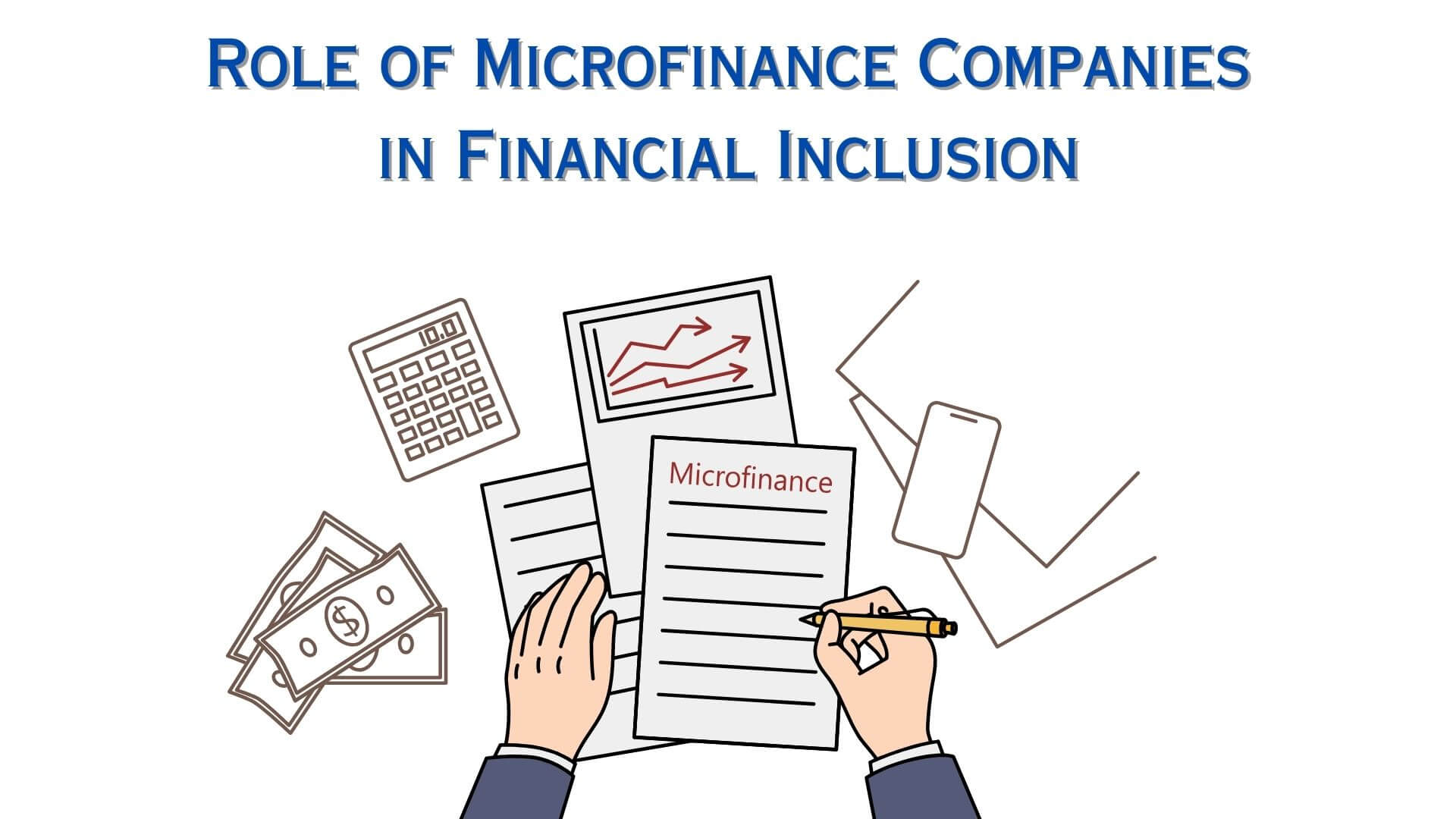Microfinance vs. Traditional Banking: What Empowers Small Businesses and Entrepreneurs
Are you looking to find out the difference between microfinance and banking services? While the basics may seem the same, nuances matter a lot. The size of the loans to obtain isn’t the only crucial distinguishing feature. Now is the time to answer this question.
Understanding Microfinance: A Brief Overview
In a nutshell, this term defines a selection of financial tools and approaches to make the market more accessible for larger audiences — with a special focus on small businesses, startups, and individuals who can’t benefit from traditional banking solutions to the full (inefficient credit scores and for other reasons). One of the most popular solutions is a microloan, letting interested parties receive up to USD 50,000 in standard scenarios and use them for multiple needs.
Aspect | Details | Additional Notes |
Core Objective | To promote financial inclusion and reduce poverty | Empowers individuals to build sustainable livelihoods |
Loan Characteristics | Small amounts, flexible repayment terms, and minimal collateral requirements | Typically customized based on the borrower's business needs |
Key Players | NGOs, Microfinance Institutions (MFIs), and government initiatives | Collaborations often occur with local banks and international agencies |
Microfinance vs. Conventional Banking: Main Differences
First and foremost, these two financial fields target different audiences, hence unique sets of professional approaches and services. While traditional banking establishments are dedicated to those with more established and high-end credit histories and greater capital, microfinance prioritizes underserved individuals with fewer opportunities in the conventional sector.
Aspect | Microfinance | Traditional Banks |
Target Audience | Low-income individuals and small entrepreneurs | Middle- to high-income individuals and established businesses |
Loan Size | Small loans tailored to specific, immediate needs | Larger loans for significant financial investments |
Collateral | Minimal or no collateral required | Substantial collateral is typically mandatory |
Repayment Terms | Flexible and suited to the borrower's cash flow | Standardized and often less adaptable |
Core Objective | Financial inclusion and poverty alleviation | Profit generation and large-scale economic activities |
Benefits of Microfinance for Entrepreneurs
Without a doubt, simple access to essential financial resources is among the core advantages of the system. It is a great opportunity to build sustainable businesses across markets and take the most out of minimum resources. Microloan offers tend to be more flexible and, therefore, more efficient for those with small capital, ensuring they can foster their financial independence and opt for other privileges.
Benefit | Details |
Access to Capital | Provides funding for launching or expanding businesses for underserved entrepreneurs |
Flexible Loan Terms | Tailored repayment schedules reduce strain during low cash flow periods |
Financial Independence | Reduces reliance on informal lenders and fosters self-reliance |
Skill Development | Offers training in financial literacy and business management |
Community Growth | Strengthens local economies and creates jobs through business activity |
Women Empowerment | Empowers women entrepreneurs, promoting equality and community reinvestment |
Challenges in Accessing Microfinance and How to Overcome Them
This service isn’t without its hidden pitfalls, and your awareness of those will help you minimize their prospective negative impact on your endeavor. Take your time to compare microloan terms and conditions from different microfinance institutions to sign an agreement for the most effective solution in your particular case. Addressing ongoing issues with a well-thought-out approach in mind will streamline end-user experiences and improve the quality of the market overall.

Challenge | Details | Solutions |
Eligibility Barriers | Strict criteria exclude some underserved individuals. | Introduce more inclusive policies and flexible loan evaluation criteria. |
High Interest Rates | Borrowers struggle to afford the cost of microfinance loans. | Offer subsidized interest rates or government-backed microfinance schemes. |
Lack of Financial Literacy | Many entrepreneurs lack the skills to manage loans effectively. | Provide training programs on budgeting, financial planning, and business management. |
Limited Awareness | Many are unaware of available microfinance opportunities. | Conduct community outreach campaigns and partner with local organizations. |
Operational Inefficiencies | Delays and bureaucratic processes discourage potential borrowers. | Digitize processes and reduce paperwork to make applications quicker and simpler. |
Conclusion: Unlocking Potential Through Microfinance
At the end of the day, no matter what challenges you have to overcome when dealing with microfinance offers, one thing is for sure — it can easily streamline your operational capacity, improving your business’s standing or individual lifestyle. While eligibility terms may vary, attention to detail and cooperation with financial advisors may do the magic trick and assist in getting the best microloan agreement.
